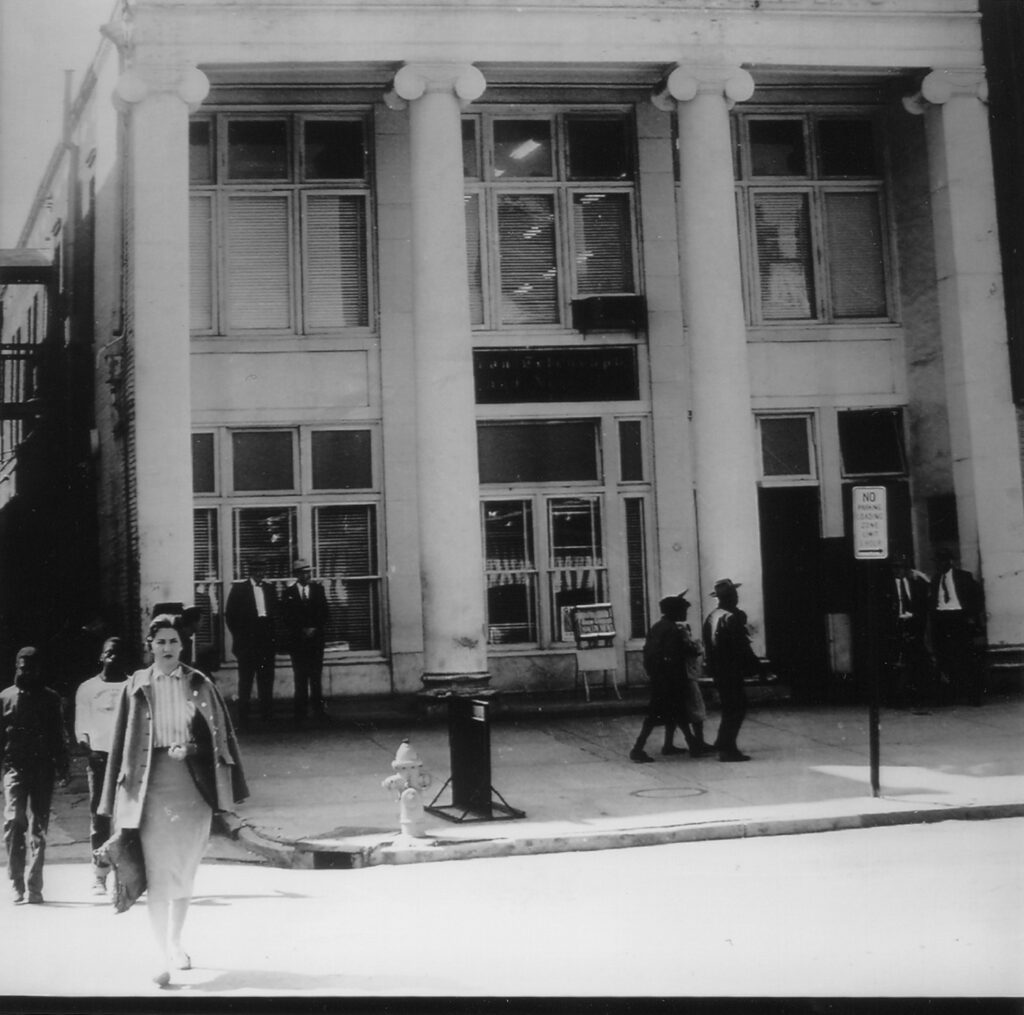The Macon Telegraph, which in 2005 dropped the city’s name from its official masthead, is the state’s third-largest newspaper, after the Atlanta Journal-Constitution and the Augusta Chronicle, as well as the primary source of print news for residents in middle Georgia. The Telegraph has received many awards, including a Pulitzer Prize in 1985. Its circulation is approximately 67,500 daily and 89,500 on Sundays. In 2006 the Telegraph employed around 320 full- and part-time employees.
History
The Macon Telegraph was founded as a weekly by Myron Bartlet in 1826, three years after the incorporation of Macon. The paper became a daily in 1860 and was published during the Civil War (1861-65) as the Macon Daily Telegraph and Confederate. In 1884 Jerome Pound, a sixteen-year-old employee, left the Telegraph to found a competitor, the Macon News.
Brothers William T. and Peyton T. Anderson bought the Macon Telegraph in 1914. In 1930 the Andersons bought the Macon News and combined staff positions from the two papers. Although under the same management, the papers enjoyed a friendly rivalry, with the News publishing in the afternoon, and the Telegraph in the morning.

Courtesy of Peyton Anderson Foundation
Peyton Anderson’s son, Peyton Anderson Jr., took over the papers in 1951, and the Macon Telegraph developed a solid reputation for aggressive reporting and editorial freedom. Anderson sold both papers in 1969 to Knight Newspapers, which later merged with Ridder Publications in 1974 to become Knight Ridder.
The city’s two papers merged in 1983 to become the Macon Telegraph and News. In 1985 the newspaper won a Pulitzer Prize for articles by Randall Savage and Jackie Crosby that probed ways in which the University of Georgia and the Georgia Institute of Technology handled academic deficiencies by scholarship athletes.
After a major redesign in 1990, the paper reverted to its original name, the Macon Telegraph. In 2001 Sherrie Marshall became the newsroom’s first African American, and first female, editor.
The Macon Telegraph changed ownership once again in spring 2006, when its parent company, Knight Ridder—at the time the country’s second-largest newspaper publisher—was purchased by the McClatchy Company for about $4.5 billion in cash and stock.
Coverage
In 1925 Franklin D. Roosevelt wrote a series of nine editorial columns for the Telegraph. The series, entitled “Roosevelt Says,” was the result of an arrangement brokered between Roosevelt and the paper’s editor, Thomas W. Loyless. In exchange for Roosevelt’s contributions, Loyless spent the balance of his time campaigning for road development around the resort at Warm Springs, where he was also a principal investor. Roosevelt and Loyless both hoped that the area’s development would allow the Meriwether County retreat to become a nationally recognized polio treatment center.
In the 1970s the rise of Jimmy Carter from peanut farmer to governor to president was an irresistible story for the press corps across the state. By that time the Telegraph had already earned a reputation for its political coverage, and a crack Telegraph reporter named Selby McCash was considered the dean of Georgia’s statehouse correspondents. Beyond connections burnished in the statehouse corridors when Carter was governor, the Telegraph also had in its arsenal Knight Ridder’s formidable bureau in Washington, D.C., during Carter’s presidency.
While the coverage of Carter in the 1970s was one of the paper’s triumphs, local events during that decade shook the foundations of the Telegraph, which had consistently taken moderate editorial stances in the past. In the early 1970s race relations in Macon turned tense and acrimonious, unlike in Atlanta, which elected its first Black mayor, Maynard Jackson, in 1973. The paper’s metro section ran story after story about Mayor Ronnie “Machine Gun” Thompson’s racially coded public statements, as well as his order to police officers to “shoot to kill” armed robbery suspects. After a series of Telegraph articles, a federal corruption probe sent several Macon officers to prison and disbanded the vice squad.
The newspaper also ran memorable coverage in 1976 of the federal racketeering trial of an organized crime group. During the trial, federal prosecutors won one of the nation’s first cases based on the Racketeer Influenced and Corrupt Organizations, or RICO, statute.
Alumni
The Macon Telegraph boasts an impressive and eclectic list of alumni. Sherry Howard and Yvonne Shinhoster Lamb, two of the first African Americans in the Telegraph newsroom, went on to editorial management positions at the Philadelphia Inquirer and the Washington Post respectively. Tom Johnson became the publisher of the Los Angeles Times before leaving for CNN in Atlanta. After publishing biographies of the Allman Brothers Band and Otis Redding, Scott Freeman took the helm of the city magazine in Las Vegas, Nevada; became editor in chief of the city magazine in Indianapolis, Indiana; and returned to Georgia as a senior editor at Creative Loafing in Atlanta.
In the 1930s a Telegraph reporter, Susan Myrick, was selected to be the dialect coach as well as the “arbiter of manners and customs” on the film set of Gone With the Wind. In the late 1970s Brett Butler was the first woman to serve as circulation district manager for the paper; she later became a stand-up comedian and television star.






